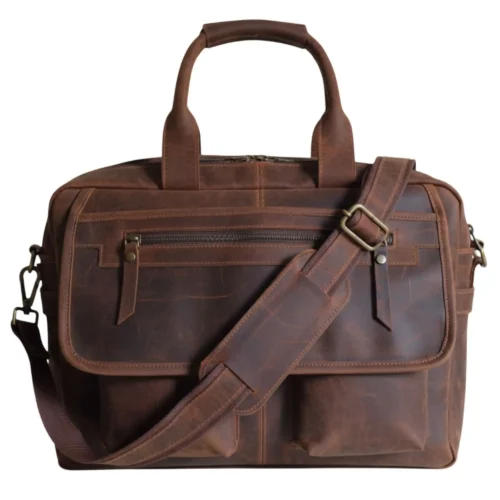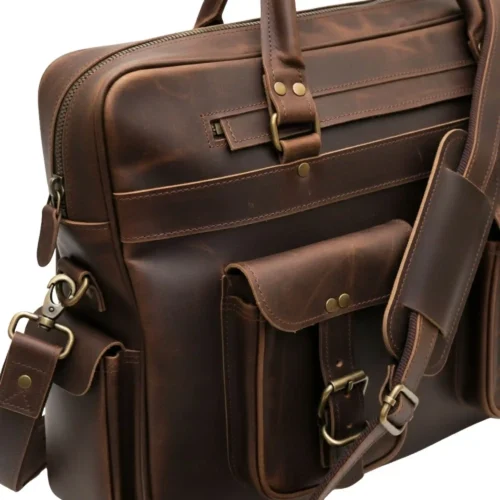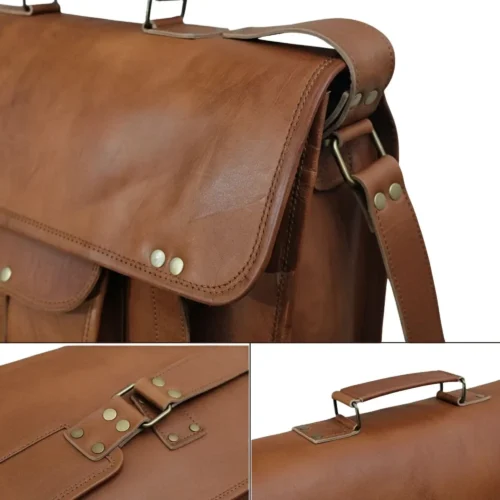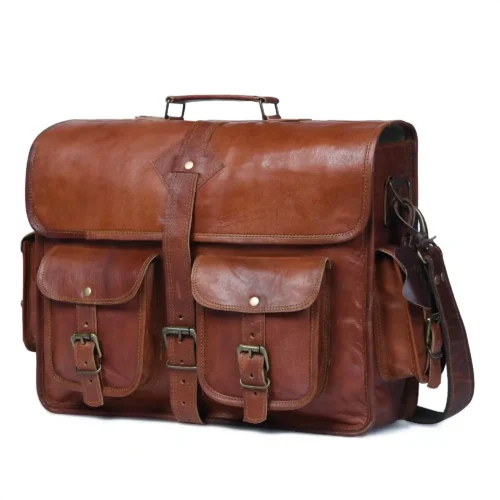
🚛 FREE SHIPPING | LIFETIME REPAIR WARRANTY | 20% Sale: “FREEDOM20”
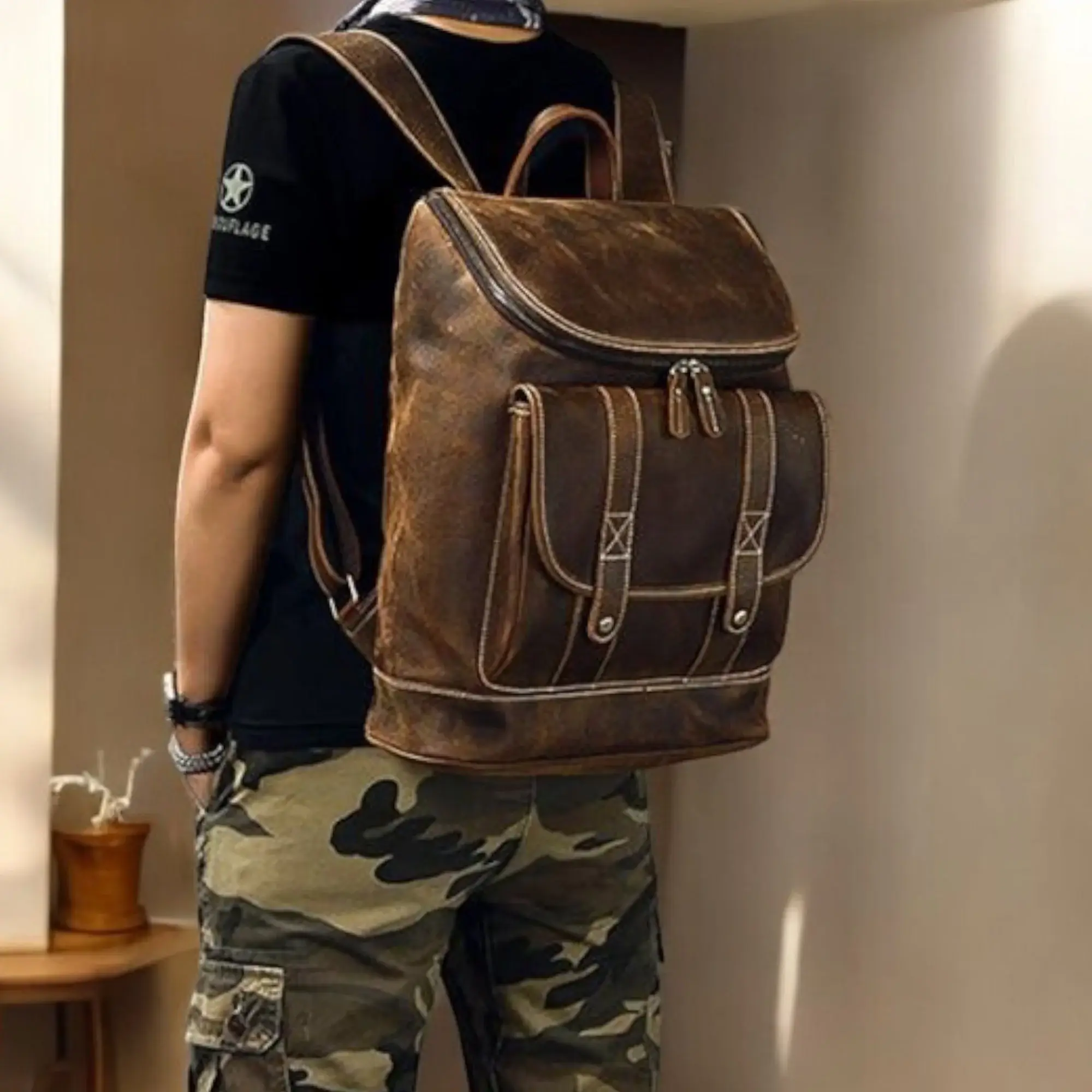
Have you ever wondered about the stories a bag could tell? What if that bag traveled through history, across battlefields, and into everyday life? Imagine feeling the weight of decades, the echoes of countless journeys, in your hands. We are talking about vintage military rucksacks. These aren’t just old bags; they’re tangible pieces of history. They’re incredibly tough, and their style truly never fades.In this article, we’ll explore why these unique bags are so special. We’ll trace their journey through time. You’ll discover their unmatched durability and timeless appeal. We’ll also guide you on how to find and care for your very own piece of history. Get ready to dive into the world of vintage military backpacks.
Military backpacks weren’t always the modern, high-tech gear we see today. Their design evolved over centuries, with the changing needs of soldiers on the move driving this evolution. From simple pouches to complex carrying systems, each design tells a story of survival and innovation.
Before the 20th century, soldiers mostly used simple pouches or haversacks. Craftsmen often made these from canvas or leather, designing them to carry food, ammunition, and basic personal items. Though basic, these early designs were tough, laying the groundwork for what would become the modern backpack. Soldiers always needed something reliable to carry their world on their backs.
The two World Wars brought huge changes to military equipment. Necessity truly proved the mother of invention.During World War I, armies began issuing more standardized packs. These packs remained simple but were built to carry more weight over long distances and withstand very harsh conditions. Imagine the rugged feel of tough canvas and the reassuring strength of deep stitching.World War II pushed innovation even further. Soldiers required specialized gear for different roles, leading to new designs. The US Army’s M-1943 combat pack, for example, marked a major step forward, offering better weight distribution and more practical pockets. German forces also deployed effective rucksacks for their troops. These packs often combined canvas with leather straps and metal buckles, designed for rugged use across all kinds of terrains.
The Cold War era brought even more significant changes as technology advanced rapidly. One of the most famous designs from this period, the ALICE Pack, stands for “All-purpose Lightweight Individual Carrying Equipment.” The US military introduced it in the 1970s. This pack proved revolutionary, featuring an external frame system that made carrying heavy loads much easier. The ALICE pack quickly became a symbol of military practicality, and its design influenced countless civilian backpacks too.Other nations also developed their own iconic designs. The British Bergen rucksack was another well-known pack from this time, recognized for its large capacity and robust build. The Swiss Army’s “Salt & Pepper” rucksack also gained popularity, featuring a unique woven material and a sturdy frame. These designs began moving away from just canvas, incorporating tougher, synthetic materials, yet always retaining the core idea of extreme durability.
So, why do these old bags still captivate us today? It’s more than just their rugged look; there’s a deeper reason why people are drawn to vintage military backpacks.
These bags were forged for war, meaning they were built to last. Manufacturers used heavy-duty canvas, thick leather, and strong metal buckles. Every stitch was purposefully engineered to withstand extreme stress. While modern bags are often designed for replacement after a few years, vintage military rucksacks were crafted to survive decades of abuse. This incredible durability is a huge draw; they are truly made to stand the test of time.
Vintage military bags possess a rugged, no-nonsense look a style that never goes out of fashion. Their simple, utilitarian design fits seamlessly with many modern trends, blending classic charm with practical use. Each scratch, the subtle scent of canvas, every faded patch, and worn edge whispers a story. This unique “patina” imbues every bag with its own distinct character; you won’t find two exactly alike. They truly add a touch of adventure and history to any outfit or use. If you appreciate gear that tells a story, explore the character of a durable, vintage backpack that has seen countless journeys. You can find options that are tough, reliable, and ready for your adventures by clicking here: Explore Vintage Backpacks.
Owning a vintage military rucksack feels like holding a piece of the past. You can physically touch and feel something soldiers carried. It forms a direct connection to the battles, journeys, and everyday lives of those who served. This historical value adds a powerful emotional layer to the bag. It’s not just a carrying tool; it’s a relic with a soul, carrying echoes of untold stories.
In today’s world, sustainability truly matters. Buying vintage offers a fantastic way to be eco-friendly. You’re reusing an item already manufactured, which directly reduces waste and the demand for new products. A vintage military rucksack represents the ultimate form of recycling, helping you embrace conscious consumption without compromising on quality or style.
Many different countries and eras produced memorable military rucksacks. Here are some of the most iconic ones that collectors and outdoor enthusiasts actively seek:
So, you want to own a piece of this history? Excellent choice! But how do you ensure you acquire an authentic, high-quality vintage military rucksack?
The best places to begin your search are specialized military surplus stores. Many of these operate both online and through physical shops, often employing experienced staff ready to assist you. You can also discover them at vintage gear dealers. While online marketplaces like eBay or Etsy carry them, exercise caution on these sites and always check seller reviews. Flea markets and antique shops might also conceal hidden gems, though these require more expertise to identify genuine items.
When purchasing, inspect the bag meticulously. Look for these signs:
The price of a vintage military rucksack hinges on several factors. Rarity, condition, and historical significance all play a significant role. For instance, a rare WWI pack in excellent condition will command a higher price than a more common Cold War-era pack. Conduct thorough research to understand fair prices for the specific model that interests you. When buying, remember that a genuine vintage piece represents an investment in both quality and history. To discover quality options that stand out, click here to see more about a bag designed with durability and timeless style in mind: See Our Collection of Enduring Bags.
Once you own a vintage military rucksack, proper care becomes paramount. This will ensure it lasts for many more years.
For canvas bags, use a soft brush to remove loose dirt. For deeper cleaning, apply a mild soap and cold water, then gently scrub with a sponge or cloth. Rinse thoroughly. Never use harsh chemicals or place it in a washing machine. For leather parts, wipe with a damp cloth, then apply a leather conditioner to keep it supple. Always air dry your bag completely to prevent mildew.
Mildew or mold can appear if the bag is stored damp. Treat it with a mix of white vinegar and water, scrubbing gently. For rust on metal hardware, use fine steel wool or a rust remover, being careful not to get it on the fabric. Small tears can often be patched or expertly repaired with heavy-duty thread and a strong needle. Embrace these repairs; they truly add to the bag’s unique story.
Store your bag in a cool, dry, and well-ventilated place. Avoid direct sunlight or damp basements. Stuff it loosely with newspaper or old clothes to help it retain its shape, preventing creasing and helping absorb any moisture.
These tough bags aren’t merely for display; they are incredibly practical for modern life.
A vintage military rucksack makes an excellent companion for countless activities. It’s perfect for hiking, camping, or travel. Its large capacity and rugged build make it reliable adventure gear. Many also utilize it as an everyday carry (EDC) bag, ideal for carrying books, laptops, or groceries. They’re also popular as ‘bug-out bags’ due to their inherent durability.
You can truly make your vintage rucksack your own. Adorn it with patches from your travels, or paint a unique design on the canvas. Some people even expertly modify them for modern needs, adding a padded laptop sleeve inside or attaching extra pockets. Personalizing your bag makes it even more special, directly connecting your story with its existing history. Find a bag that perfectly fits your style and needs. A robust, vintage-inspired backpack can serve as a fantastic starting point for your personal journey. To see a durable and practical option, check out this ultimate companion for your adventures: Discover Your Next Adventure Bag.
Vintage military rucksacks transcend mere bags. They embody a compelling blend of history, unmatched durability, and timeless style. Each one carries a unique story, reminding us of a time when products were truly built to last.By choosing a vintage military backpack, you’re not just purchasing a bag; you’re investing in a piece of history. You’re embracing sustainability, and you’re carrying a unique item that will undoubtedly spark conversations wherever you go. So, explore this fascinating world. Find the rucksack that speaks to you. Carry a legacy.
A military backpack is considered vintage if it was produced for military use in the past (usually 20+ years ago) and reflects the materials, construction, and style of that era. These packs often come from surplus stocks or were used in actual service.
Vintage military backpacks were designed for combat and survival. They were made using rugged materials like heavy canvas, leather, and metal hardware, intended to withstand extreme weather, heavy loads, and harsh conditions over long periods.
Look for military stamps, production dates, original materials (canvas, leather), and sturdy metal hardware. Authentic packs also show consistent stitching and may include unit markings. Avoid bags that appear “too new” or have plastic components.
Yes! Many people use them for hiking, travel, school, or everyday carry. Their large capacity, durability, and unique aesthetic make them highly practical and stylish for modern use.
Popular models include:

